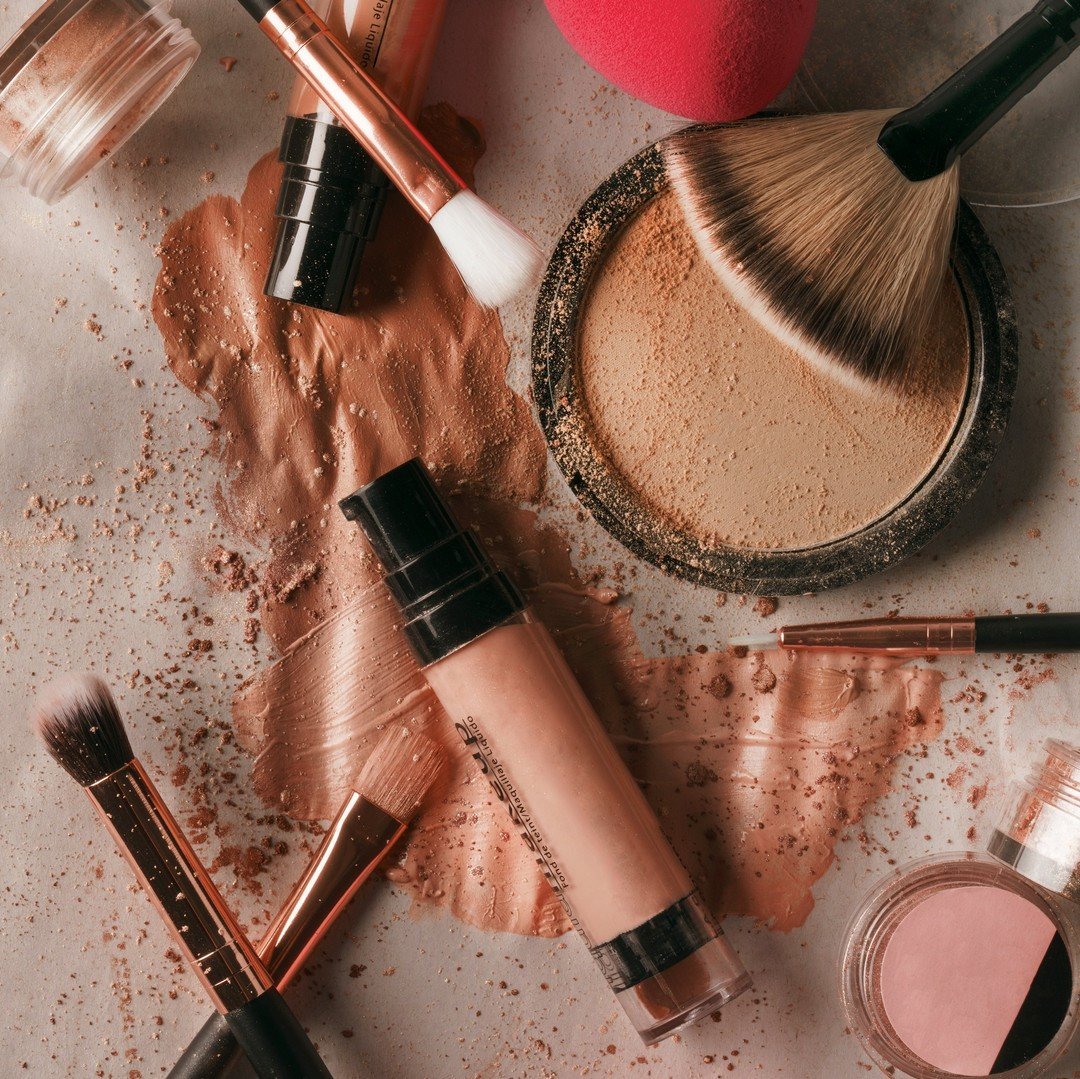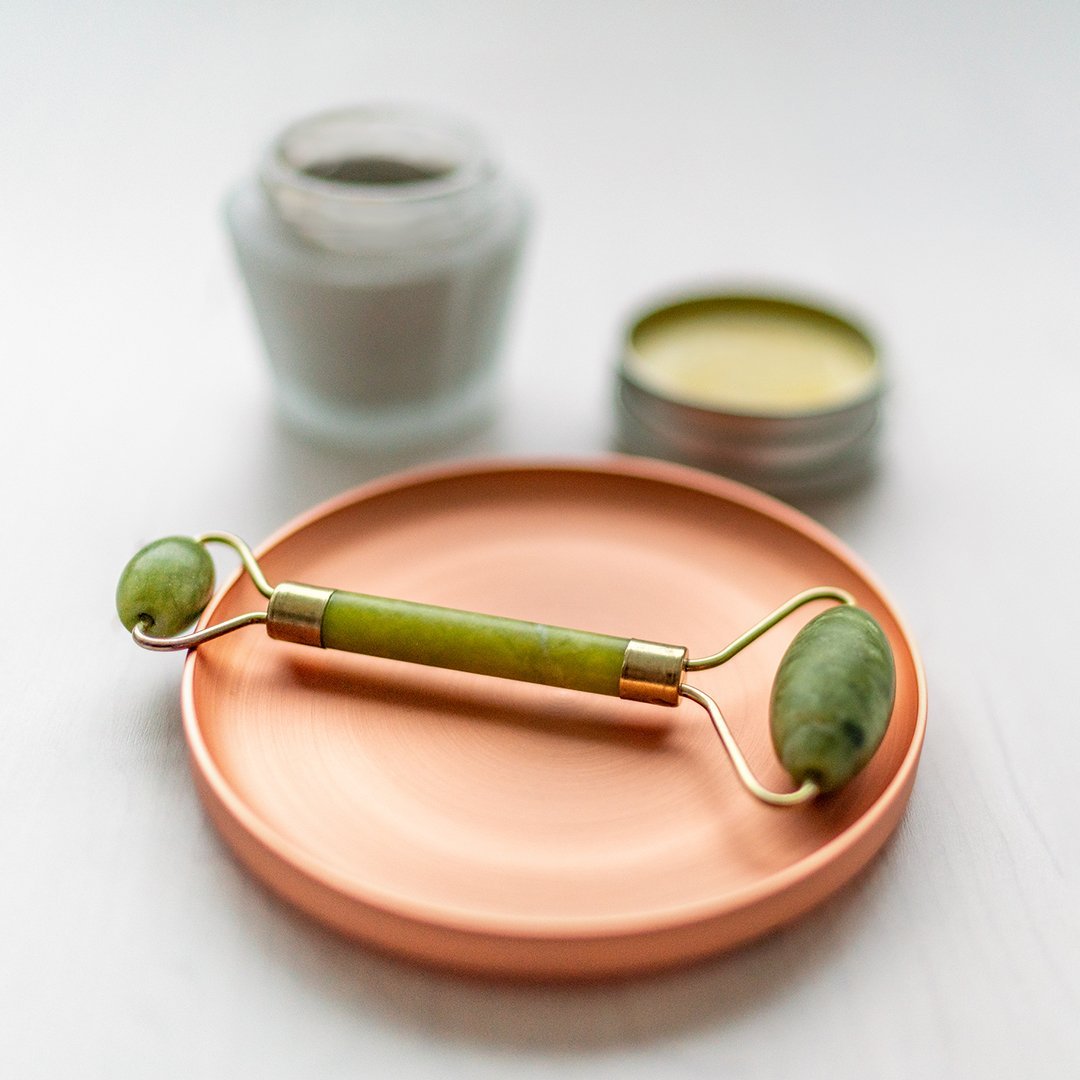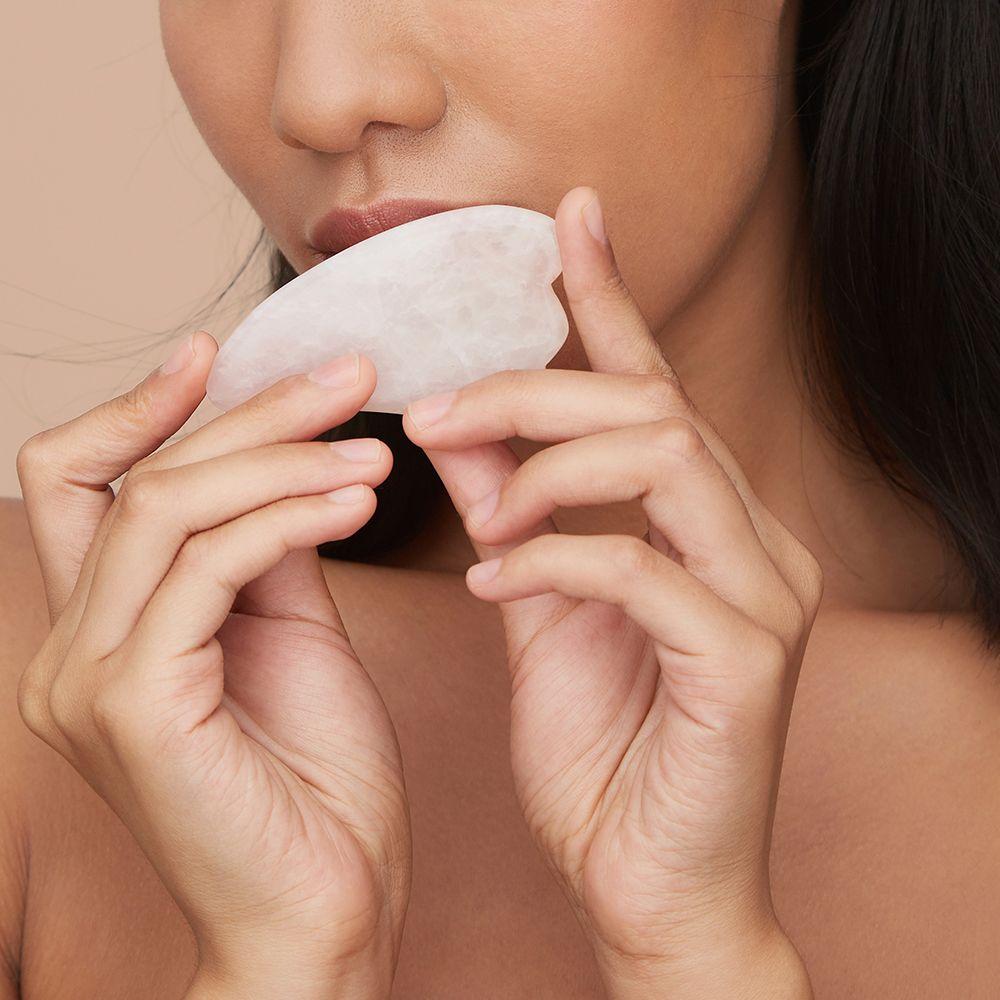Beauty products have a expiration date and it's inadvisable to use them until they run out if their AOP (After-Opening-Period) has expired. Therefore, usetilize your cosmetics indefinitely is not possible.
Once opened, you need to know how long you can enjoy your cosmetics without incurring the slightest risk to your skin.
How long can you use your cosmetics?

-
Information on packaging
To help us find our way around, since March 2005, cosmetics companies subject to European Union regulations have been required to indicate the time of use after opening on their products.
There are two possible indications on packaging:
- When the product has a shelf life estimated by the manufacturer to be less than 30 months, it is compulsory to indicate the Minimum Durability Date (MDD ) or the Best Before Date (BB D). This corresponds to the product's expiration date, and can be identified by the words "Best before","EXP" or "Best Before", followed by a date.
- When the product has a shelf-life estimated by the manufacturer to be longer than 30 months, the DDM/DLUO is not mandatory, but we do refer to the Period After Opening (PAO). This indicates how long the product can be stored optimally after first opening, without risk to the consumer. It is represented by an open jar accompanied by a duration (number) with the letter "M" standing for "month".

To keep track of your products' opening dates, write them down on a sheet of paper, on your smartphone or directly on the packaging.
You can also download BeautyCasean application that lets you find out the expiration date of your beauty products. All you need to do is enter the brand, name and type of product used, as well as the DTP and date of first opening!
-
Average product shelf life
If you can't find the above indications or if they are no longer visible, here are the average shelf lives of your conventional products after opening that are important to know:
- Mascaras and eyeliners : between 1 and 3 months
- Facial care products (serum, eye contour care, moisturizer, liquid mask, cleanser): 8 months for products in jars and 12 months for those in pump bottles.
- Body care: between 9 and 12 months
- Foundations, powders, bronzers, blushes, eyeshadows : between 12 and 18 months
- Cleansers and micellar waters : about 12 months
- Nail polish : between 12 and 24 months
- Lipsticks and lip gloss : about 15 months
- Body oils : about 18 months
- Shampoos and shower gels : between 24 and 36 months
- Fragrances : approx. 24 months
- Sun protection for one season. UV filters become less effective over time. So it's best to use them only for one season, and not to reuse them the following year. If you still want to keep your suncare products for more than one season, we recommend storing them in a cool environment to avoid exposing them to heatwhich is harmful.
Generally speaking, even if conventional beauty products - whether solid, water-based or alcohol-based - contain preservatives, it's important to respect their shelf life.
However, unopened products and samples can be kept a little longer, up to around two to three years after their date of manufacture.
Finally, you should pay particular attention to natural and homemade beauty products, especially those containing water. In fact, their shelf life can be shortened, as germs and bacteria can proliferate more rapidly than with conventional products, despite the presence of natural antimicrobials (sorbic acid and salicylic acid).
-
Product appearance
If you really have no idea when your product will be opened, there are several things you can do to make up your own mind:
- Smell : if the smell changes considerably, we recommend you stop using your cosmetics.
- Texture : if the texture thickens or liquefies, or if you notice a phase shift, it's best not to use it.
- Color : it's best to part with your product if you notice a change in color.
What are the risks of using a skincare or make-up product that has passed its expiration date?

Even if throwing away an unfinished product isn't always a pleasure, it's still preferable to use a product whose use-by date hasn't been exceeded, to avoid causing " real risks ranging from simple skin reactions to conjunctivitis or eczema", as dermatologist Catherine Oliveres Ghouti explains.
In fact, using products whose use-by date has passed can cause damage to your skin, such as :
- Pain and inflammation
- Digestive, vaginal or urinary tract infections
- Acne, rashes or redness
- Conjunctivitis
- Eczema
- Swelling or pus
All the risks involved in using out-of-date products should encourage you to respect the best-before dates of your products, especially DTP.
Manyexperts and dermatologists strongly recommend not using beauty products whose shelf life has expired: "If the opening date has passed, a cosmetic product can change consistency and become lumpy. And more dangerously, it may no longer be effective, or it may become irritating, especially if applied to damaged skin", says dermatologist Nadine Pomarède.
So, to avoid any danger to your skin, it's better to throw away your unfinished expired products than to finish them.
Can a cosmetic product deteriorate more quickly if it is not stored properly?

A cosmetic product that is poorly stored, i.e. exposed to humidity, heat, light or temperature variations, can have its shelf life shortened.
Discover how to store your skincare and make-up products better. Above all, the most important thing is to keep them in an optimal environment: cool and protected from light, as in the Refrigerated Beauty Box.
The skincare fridge from Beautigloo has been specially designed for cosmetics. Its ideal temperature, intelligent thermal regulation software and ventilated refrigeration ensure optimum preservation of your cosmetics.
By keeping your products in the best possible condition, the Refrigerated Beauty Box helps limit waste.
Backed by industry leaders (LVMH, L'Oréal and Sephora), Beautigloo's Refrigerated Beauty Box stands out for its expertise, eco-responsibility and technological and ergonomic advantages, which will simplify your beauty routine and preserve the properties of your beauty products throughout their shelf life.
Author: Aurélie SAM


